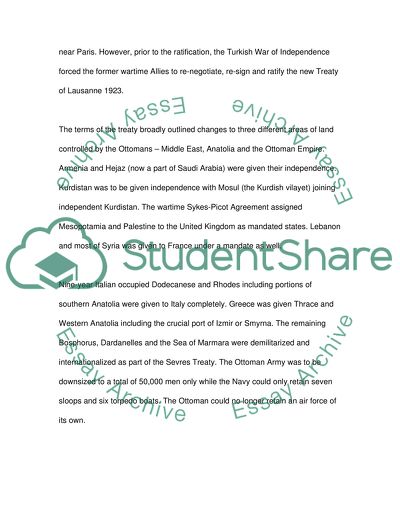Cite this document
(“Treaty of Sevres And The Founding of Modern Turkey Essay”, n.d.)
Retrieved from https://studentshare.org/history/1538862-treaty-of-sevres-and-the-founding-of-modern-turkey
Retrieved from https://studentshare.org/history/1538862-treaty-of-sevres-and-the-founding-of-modern-turkey
(Treaty of Sevres And The Founding of Modern Turkey Essay)
https://studentshare.org/history/1538862-treaty-of-sevres-and-the-founding-of-modern-turkey.
https://studentshare.org/history/1538862-treaty-of-sevres-and-the-founding-of-modern-turkey.
“Treaty of Sevres And The Founding of Modern Turkey Essay”, n.d. https://studentshare.org/history/1538862-treaty-of-sevres-and-the-founding-of-modern-turkey.


